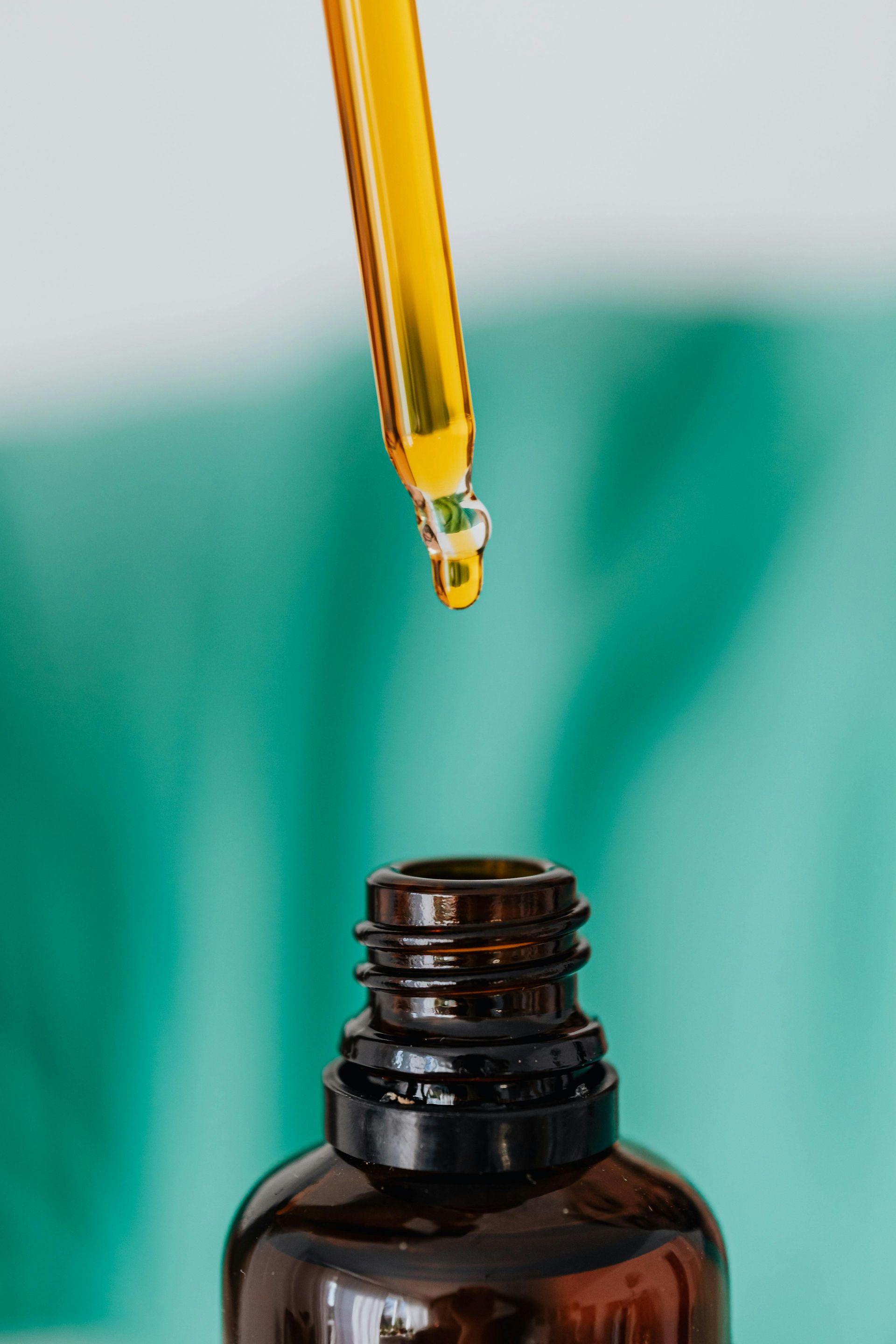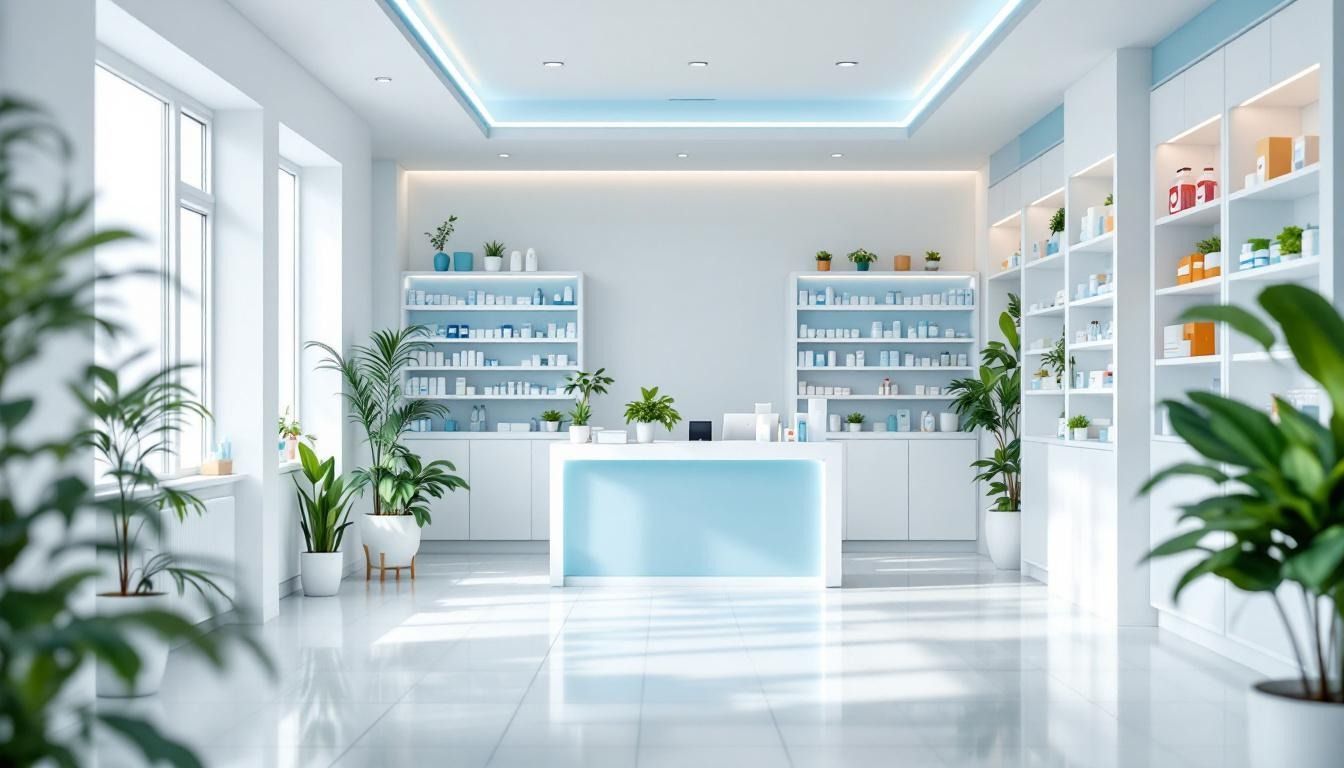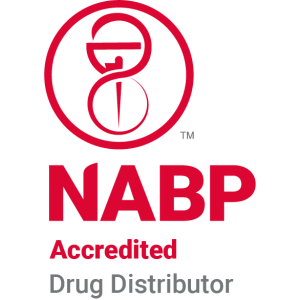Are there safe and sterile eye drop options available?
The safety of over-the-counter eye drops has been a growing concern in 2023, with several recalls highlighting the potential risks of contaminated products. With contamination linked to serious infections, vision loss, and even fatalities, consumers are rightfully seeking assurance on the safety and sterility of eye drops currently available. This narrative delves into the recent recalls, safe options, and best practices for selecting and using eye drops, highlighting the critical importance of ensuring product safety and sterility.
Eye Drops Recalls of 2023: What You Need to Know
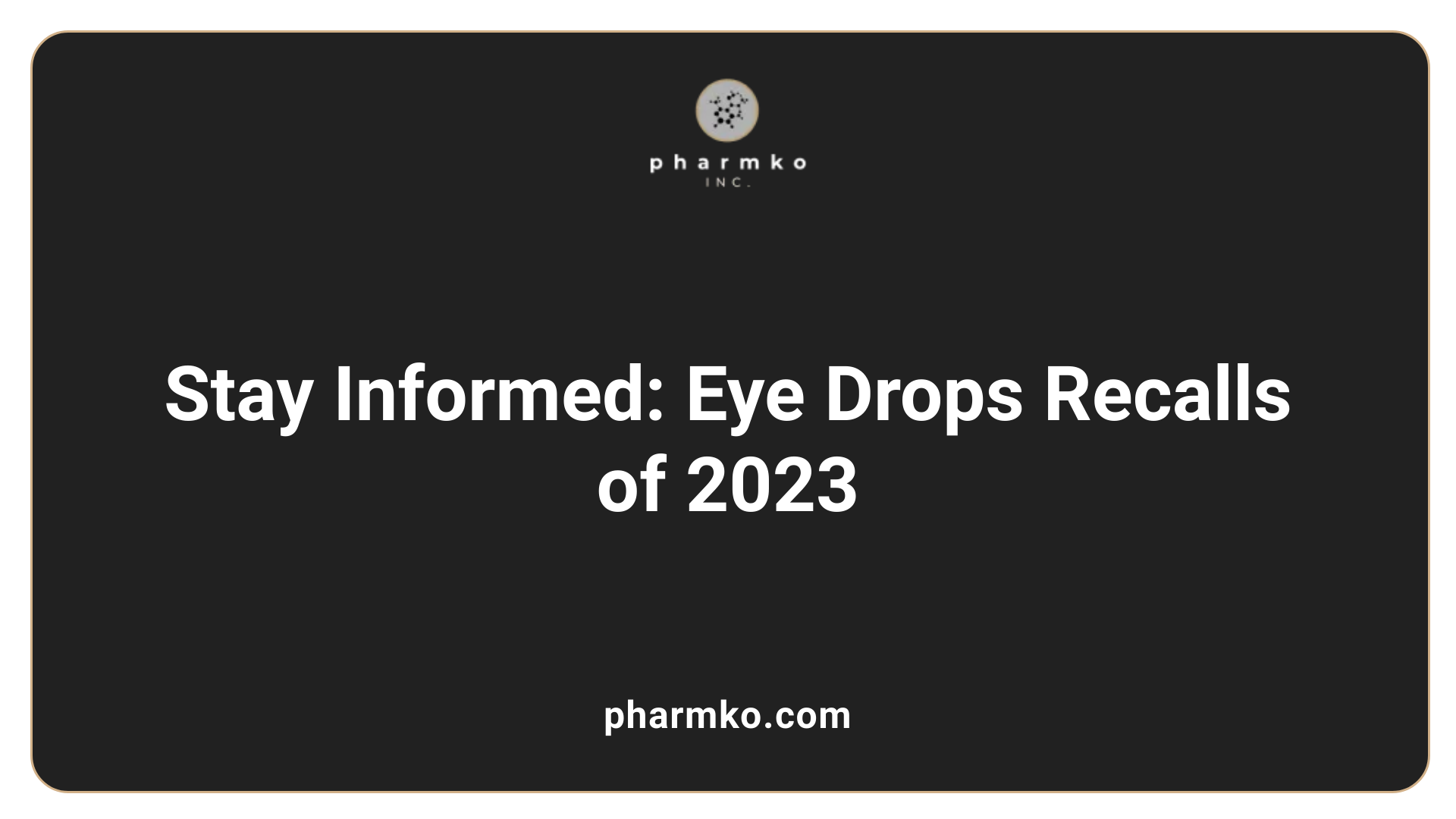
Are there any eye drops recalls in 2023?
Yes, there have been several eye drops recalls in 2023. Notable recalls include Kilitch Healthcare India Limited's voluntary recall on November 15, 2023, for multiple eye drops due to unsanitary manufacturing conditions, and Cardinal Health Inc.'s recall on November 3, 2023, of six Leader brand ophthalmic products. The FDA also warned against 26 over-the-counter eye drop products on October 27, 2023, due to risks of eye infections, including brands sold at major retailers like CVS and Walmart. Additionally, the FDA updated its list of recalled products, including brand names associated with significant safety concerns. Consumers are strongly advised to stop using any of the recalled products to avoid potential health risks.
Guidance from FDA on recalled products
The FDA recalls indicate serious contamination risks in various eye drop products. Infections linked to some of these recalls have resulted in severe consequences, including vision loss and deaths. While reputable brands are generally deemed safe, many lesser-known store brands are among those recalled, underscoring the necessity for consumers to remain vigilant when selecting eye drops. The FDA reassures consumers that products still on shelves should be free from contamination, recommending consumers double-check online purchases to avoid unsafe options.
Recommended consumer actions
Consumers should take several steps when choosing eye drops:
- Research : Verify any eye drops against FDA or CDC warnings for safety and contamination potential.
- Consult a professional : Always consult with an ophthalmologist for the best eye drop selection, especially with recent recalls.
- Product choice : Prefer preservative-free options for frequent use and select reputable brands like Allergan, Bausch + Lomb, and Alcon.
- Storage and handling : Follow storage instructions and discard opened products after four weeks.
Staying informed about recalls and safety reports can protect users from the risks associated with compromised products.
Safe Eye Drop Options: Choosing Wisely
What eye drops are currently considered safe to use?
Consumers looking for safe eye drop options should primarily consider products from well-known U.S.-based manufacturers. Brands like Allergan (Refresh), Bausch + Lomb (Blink and Soothe XP), and Alcon (Systane) are regarded as reliable choices. In light of recent recalls due to contamination, it is crucial to be cautious and opt for reputable eye drops rather than generic or lesser-known brands.
When selecting eye drops, checking the manufacturing source is essential. Ensure that you purchase from trusted retailers, whether brick-and-mortar stores or verified online platforms. This helps mitigate the risk of purchasing counterfeit products, which may compromise safety.
Additionally, it is wise to verify the product’s expiration date and adhere strictly to the manufacturer’s instructions. Maintaining proper hygiene while using eye drops, such as washing hands before application and avoiding contact with the dropper tip, further minimizes infection risks. Staying informed about recalls and market changes promotes safe eye care practices.
Importance of checking product origin and condition
Proper product sourcing cannot be overstated. After numerous recalls, consumers must become vigilant about where and how they acquire their eye drops. Avoiding generic or value brands aligns with safeguarding your eye health. Always reference product labels for their origins and adhere to recommendations from eye care professionals.
Ultimately, prioritizing products from established brands not only provides reassurance but also supports a commitment to eye safety and effective treatment. Regularly reviewing updates through the FDA or other health resources can empower consumers to make well-informed decisions regarding their eye health.
Eye Drops to Avoid and Understanding Their Risks
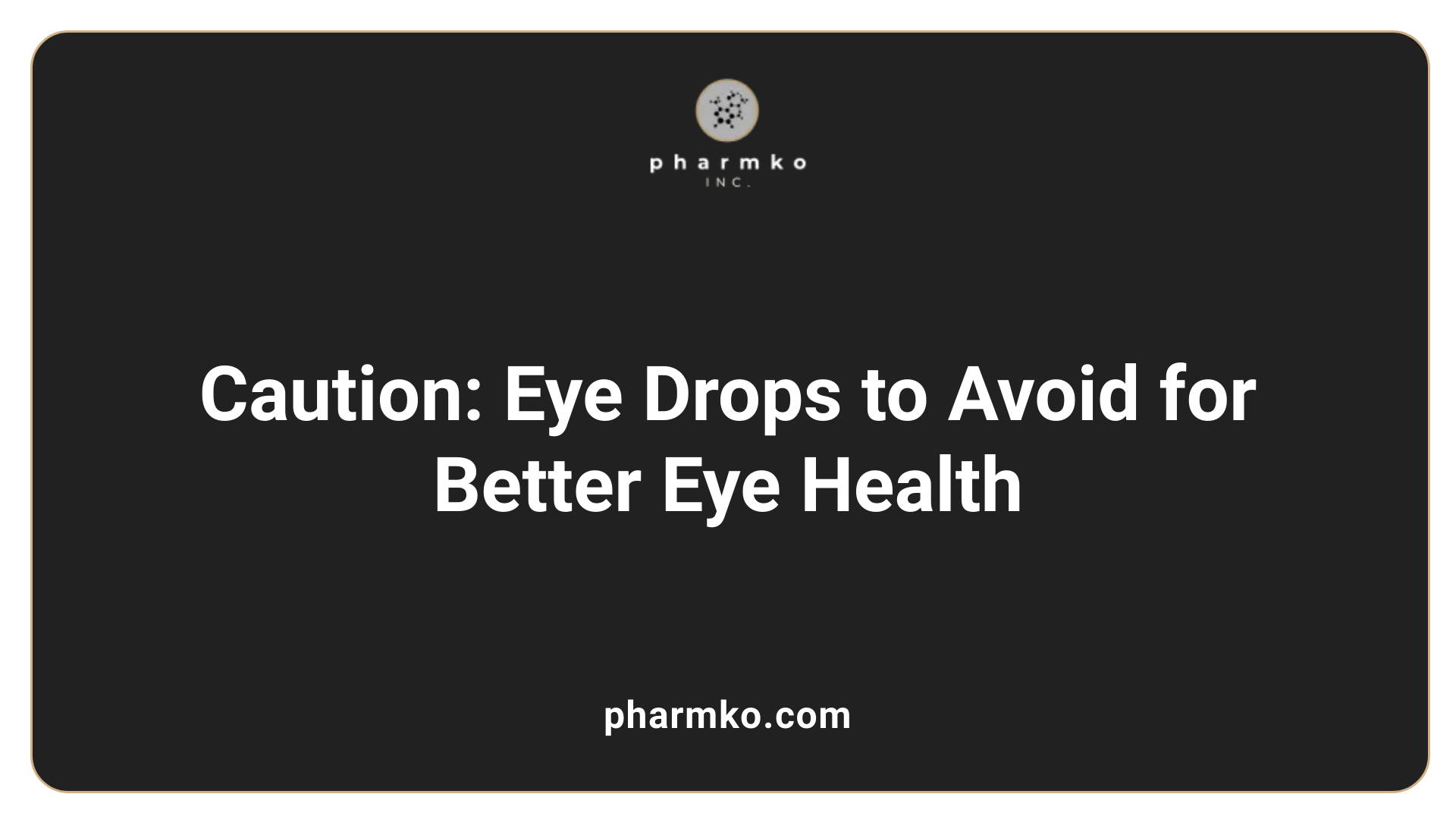
Which eye drops should be avoided, and why?
It's essential to avoid some eye drops known for exacerbating conditions rather than alleviating them. Notably, decongestant eye drops like Visine , Naphcon , and Clear Eyes can worsen dry eyes and lead to dependency. These products often contain tetrahydrozoline and naphazoline , which temporarily reduce redness but do not effectively address dry eye symptoms.
Instead, individuals suffering from dry eyes should opt for lubricating eye drops , commonly referred to as artificial tears . Systane , Refresh , and Soothe XP are reputable brands that provide relief without the risk of dependency or worsening symptoms. For those with sensitivities to preservatives, preservative-free options are highly recommended.
Advice on alternatives for better eye health
Consulting with an eye care specialist is crucial in identifying the most appropriate eye drop formulation. Each person’s needs vary, and the ideal choice may differ significantly among individuals. Opting for the right product not only ensures safety but enhances the effectiveness of treatment.
In general, avoiding eye drops that contain harsh preservatives or decongestants, especially when dealing with dry eye concerns, can lead to improved eye health and comfort. Always prioritize products that align with your specific eye care needs, and stay informed about recalls and safety warnings from the FDA.
Selecting Eye Drops for Dry Eyes: Safe and Effective Options
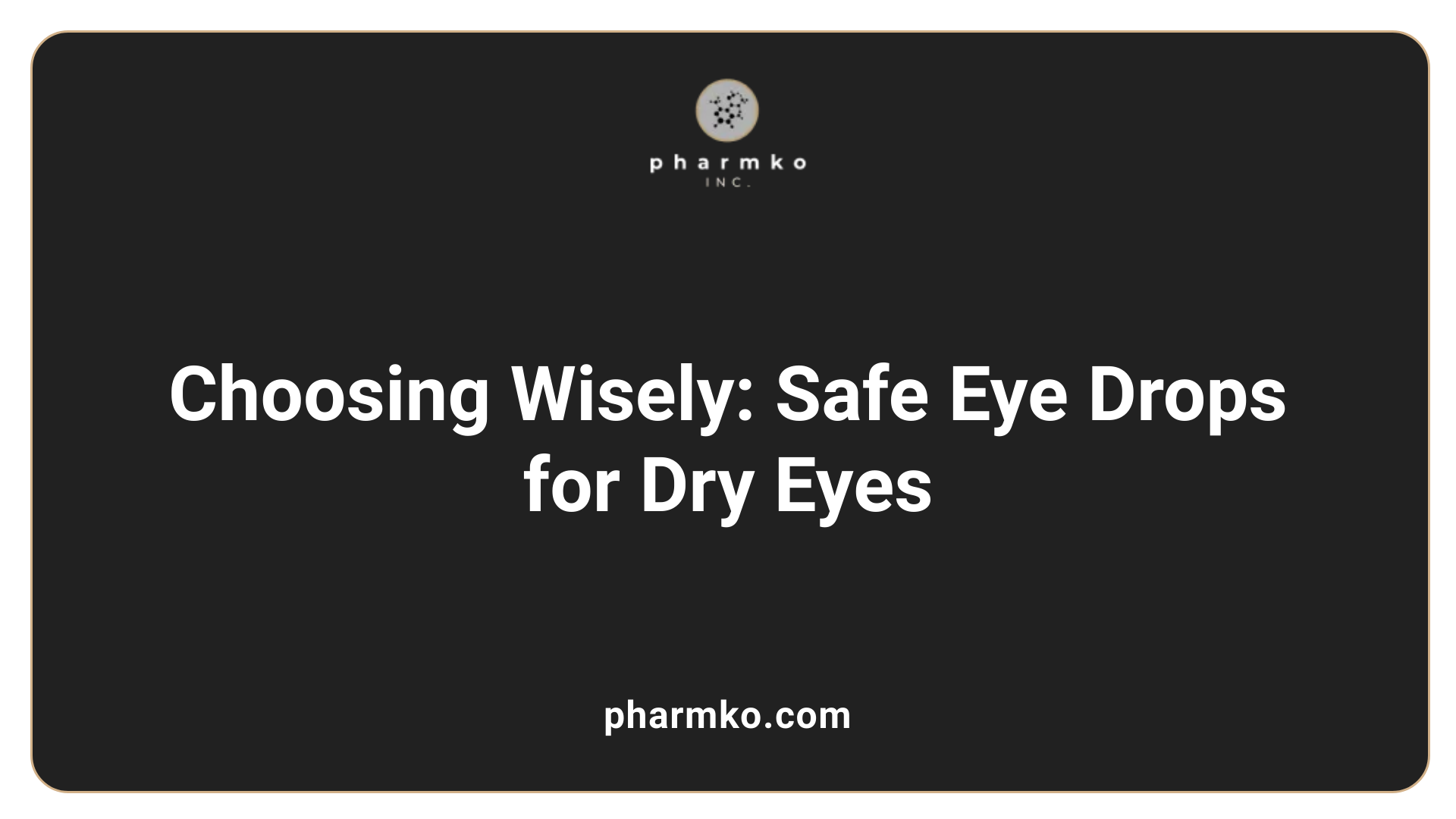
What are some of the healthiest eye drops to consider for dry eyes?
When considering the healthiest eye drops for dry eyes, prioritizing preservative-free options is crucial to minimize potential irritation, especially for frequent use. Some of the top over-the-counter choices include:
- Blink GelTears : Known for its effective lubrication and comfort.
- Refresh Tears : A well-reputed option to alleviate dryness.
- Systane COMPLETE PF : Offers comprehensive dryness relief without preservatives.
- Biotrue Hydration Boost Eye Drops : Ideal for combating irritation caused by dryness.
For those who don’t achieve relief with these over-the-counter solutions, prescription options such as Cyclosporine (Restasis) and Lifitegrast (Xiidra) can be beneficial to enhance tear production. Consulting with a healthcare professional is recommended to obtain personalized recommendations based on specific dry eye symptoms and underlying causes.
Understanding preservative-free options
Preservative-free eye drops are increasingly recommended, particularly for individuals who need to use eye drops multiple times daily. These options are designed to avoid the negative effects of preservatives, which may exacerbate dryness and irritation over time. Packaged in single-use vials, they help maintain sterility and are less likely to contribute to ocular surface disease.
For the best safety, it's advised to look for products that are both FDA-approved and from reputable brands to ensure quality and efficacy. Always read and follow usage instructions and consult with a healthcare provider for guidance regarding your specific needs.
Understanding the Benefits and Safety of Sterile Eye Drops
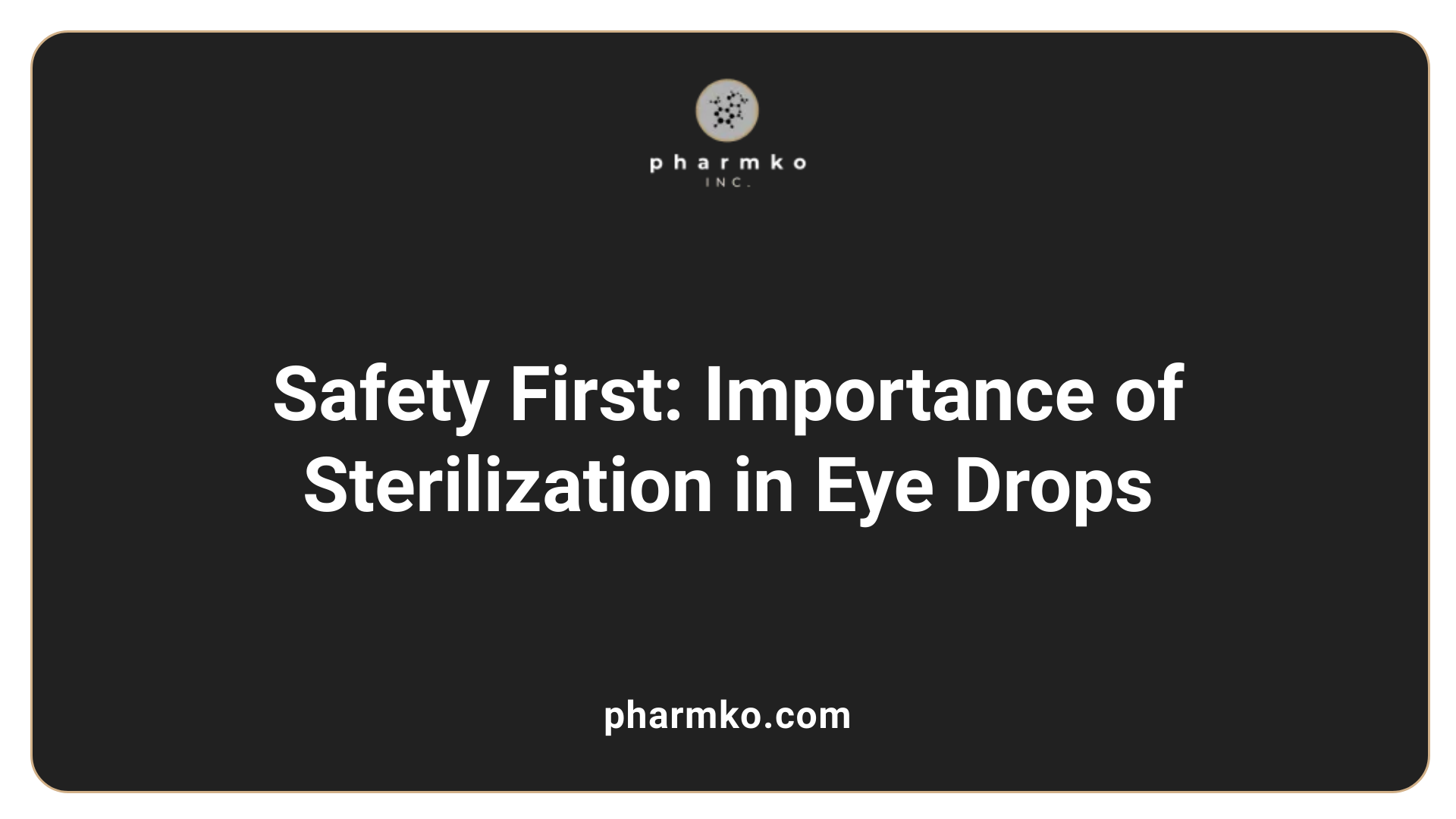
Importance of Sterilization in Eye Drops
Sterilization is critical for eye drops as it significantly reduces the risk of infections. The FDA's recent recalls of several over-the-counter (OTC) eye drops underscore this necessity. In 2023, many products were recalled due to unsafe manufacturing practices that resulted in contamination, which could lead to serious health issues, including vision loss or infections. The recalled products were often lesser-known brands, highlighting the importance of choosing reputable manufacturers.
Some safe options are available; for instance, preservative-free eye drops are usually recommended for those who require frequent use, as they reduce the risk of irritation and infections. Moreover, single-use vials further enhance safety by eliminating contamination risks post-opening. Proper storage and handling are essential, as some eye drops require refrigeration while others should be kept in a dust-free cabinet.
Consultation and Vigilance in Using Sterile Products
When it comes to using eye drops, consulting with an eye care professional is highly advisable. This can ensure that the chosen products are appropriate for specific conditions while also guaranteeing their safety. Despite the rarity of infections from eye drops, vigilance is crucial.
Patients should stay updated on product recalls and safety guidelines from the FDA or CDC to make informed choices. Following proper usage instructions can help maintain sterility and effectiveness, ultimately safeguarding eye health. As the landscape of eye care continues to evolve, consumers need to remain cautious and informed.
Is it safe to use sterile eye drops?
While many sterile eye drops are safe to use, recent events have raised concerns about certain products. In 2023, the FDA recalled numerous over-the-counter lubricating eye drops due to contamination, which was linked to serious infections and even fatalities. These recalls primarily involved lesser-known or store brand eye drops, while no prescription eye drops have been recalled. It's important to follow guidance from eye care specialists and to be cautious about non-prescription products, especially considering the FDA's warnings about several specific brands. Overall, while the risk of infection from eye drops is low, consumers should remain vigilant about product recalls and safety guidelines.
Best Practices for Selecting and Using Eye Drops Safely
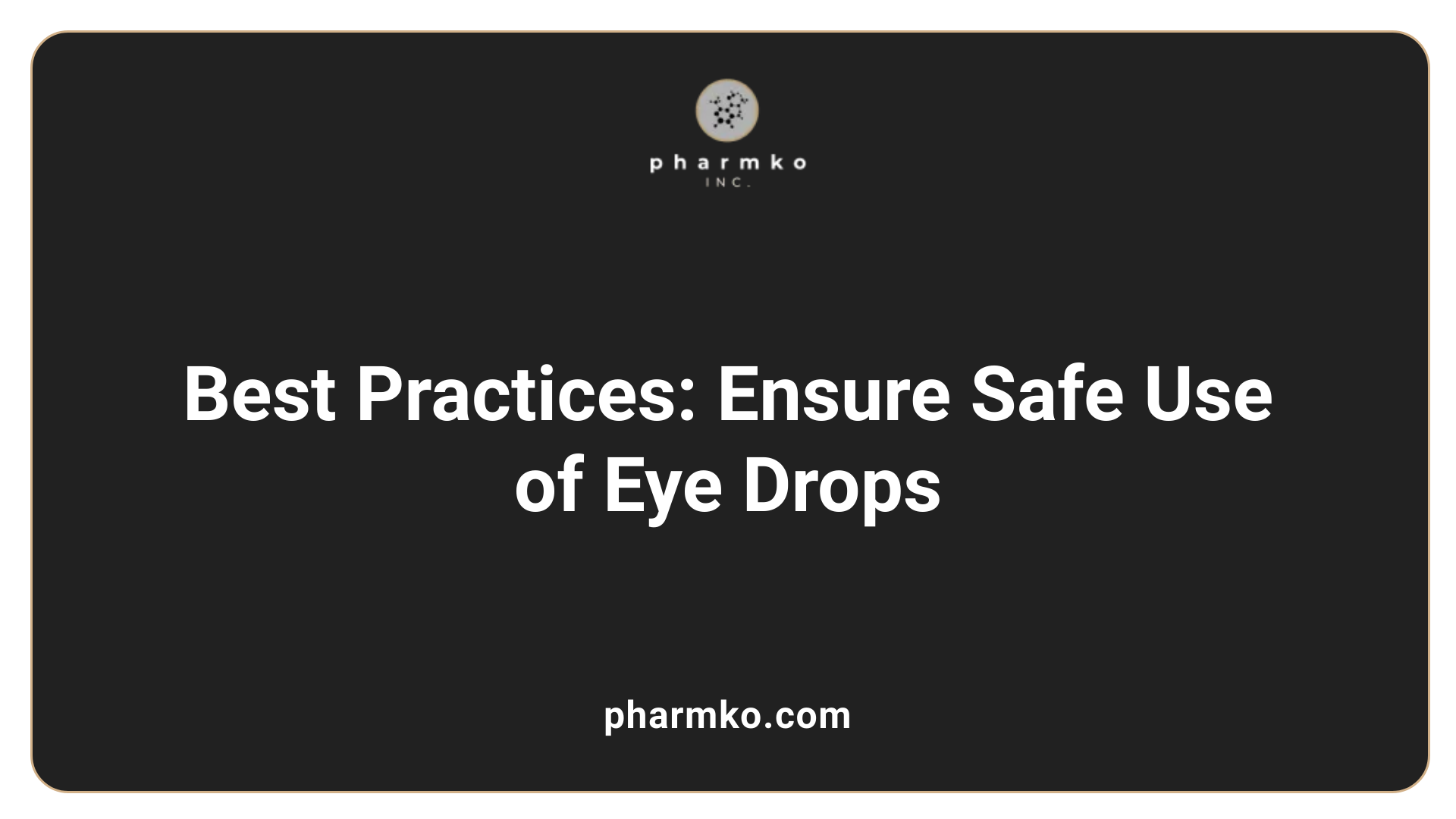
Guidelines from experts on choosing and using eye drops
Choosing the right eye drops can be daunting, especially with the recent recalls affecting various products. Experts recommend prioritizing brands that are well-established and have a reputation for safety. Brands like Allergan (Refresh), Bausch + Lomb (Blink and Soothe XP), and Alcon (Systane) are suggested for their commitment to quality manufacturing practices.
When selecting eye drops, it’s essential to understand the specific type required for your symptoms. For instance, preservative-free eye drops are preferable for frequent use as they minimize irritation, while individuals with dry eye disease should consult an ophthalmologist to determine the underlying causes.
Technologies ensuring safety and sterility in eye drops
To maintain sterility, several innovative technologies are now in use.
-
Single-use vials : These containers protect against contamination since they are meant for one-time use. Consumers should discard these immediately after application.
-
Preservative-free options : These drops often utilize advanced filtering techniques to eliminate bacteria while avoiding harmful preservatives like benzalkonium chloride (BAK), which can exacerbate eye conditions.
-
Proper storage solutions : Following specific storage guidelines helps prevent bacterial growth, ensuring the drops remain effective and safe.
By adhering to these practices, consumers can significantly enhance the safety and effectiveness of their eye drop use.
Staying Informed and Safe: The Way Forward
Amidst the recalls and heightened scrutiny of eye drop products in 2023, it remains vital for consumers to stay informed and cautious about the safety and sterility of the eye drops they choose to use. By focusing on products from reputable brands, consulting healthcare professionals, and being aware of the latest FDA updates and safety guidelines, consumers can make informed decisions that protect their eye health. Although infection risks are low, leveraging good practices, such as using preservative-free options for frequent use and storing products properly, will further enhance safety across the board. As a community, staying educated about the risks and engaging with trusted resources will ensure the long-term safety and effectiveness of eye care solutions.
References
- Are over-the-counter eye drops safe? - UC Davis Health
- Safe Eye Drops: How to Find Them and Apply Them After ... - CNET
- Choosing the Best Lubricant Eye Drops for Dry Eyes
- Are My Eye Drops Safe To Use? | Henry Ford Health
- Artificial tears: How to select eye drops for dry eyes - Mayo Clinic
- FDA warns people not to use 2 types of eye drops due to ...
- How to Find Safe Eye Drops Amid FDA Warning - AARP
- Preservative Free Eye Drops: Benefits and Product Recommendations



